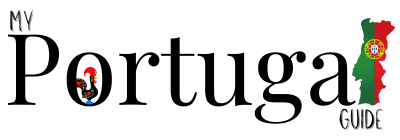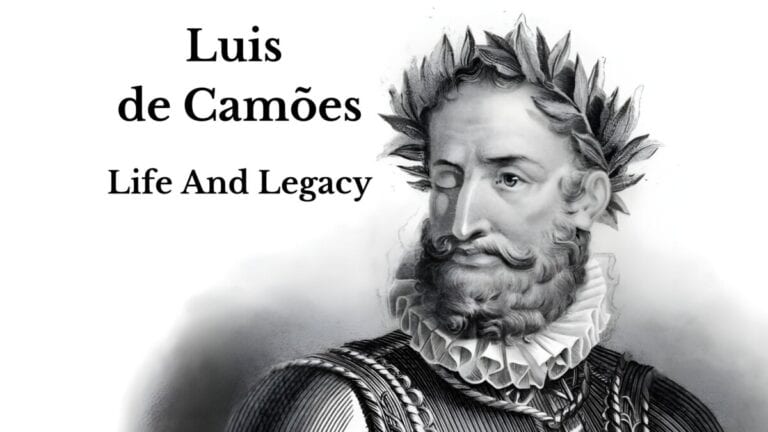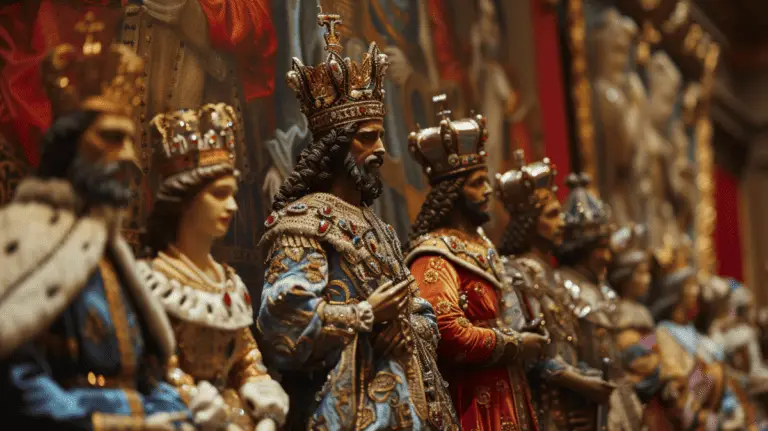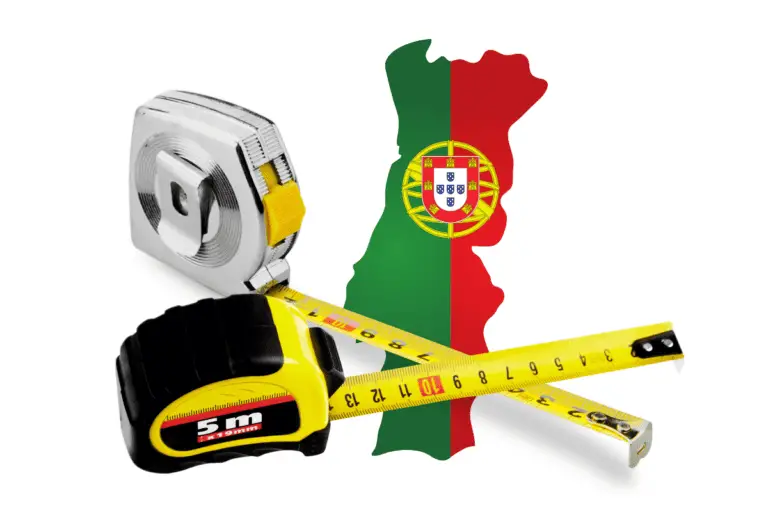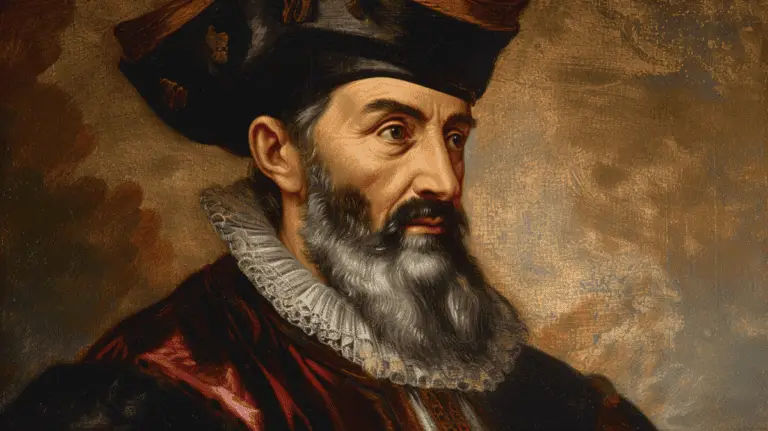31 Facts About The Carnation Revolution
On the 25th of April 1974, the sound of revolution filled the air in Portugal as the Carnation Revolution overthrew the Estado Novo regime. This nearly bloodless coup d’état, named for the red carnations placed in gun barrels by rebel soldiers, marked the end of 48 years of authoritarian rule under Prime Minister Marcelo Caetano and his predecessor António de Oliveira Salazar.
1. Blooms of Change: The Origin of the Name
The Carnation Revolution’s peaceful nature is symbolized by the act of placing carnations in soldiers’ rifles, distinguishing it from other uprisings. This act of using flowers instead of bullets became an enduring symbol of the revolution, representing hope and the desire for peaceful change.
2. A Peaceful Uprising: The Almost Bloodless Coup
While most coups are bloody affairs, Portugal’s Carnation Revolution of April 1974 was predominantly peaceful. Red carnations gracefully adorned soldiers’ rifles and uniforms, symbolizing democracy blooming from the barrels of guns. However, the myth of zero casualties is false – the Estado Novo’s dreaded secret police DGS fatally shot four civilians who dared challenge tyranny’s last grasp. Their sacrifice in the face of democratic petals, not bullets, persists in national memory as a reminder of freedom’s fragile cost.
3. The End of an Era: Overthrowing the Estado Novo
The fall of Europe’s longest-running dictatorship marked a significant shift towards political freedom and the end of strict censorship. It was a watershed moment for Portugal, leading to the dismantling of decades of authoritarian control and opening the door to a new democratic era.
Portugal held free elections on April 25th, 1975 to elect a Constituent Assembly. In democracy’s inaugural test, the Socialist Party led with 38% support for drafting a new constitution. The PPD, now Social Democrats, secured 26.4% while communists lagged at 13% – a far cry from their revolutionary ambitions. Minor centrist parties like the CDS also joined Portugal’s pluralistic rebirth. This ballot box flowering marked the first free vote for a generation born under Estado Novo’s monopolized politics.
4. Military Might for Rights: The Role of the Armed Forces Movement
Junior military officers played a crucial role in orchestrating the peaceful overthrow, demonstrating military opposition to authoritarian rule. Their involvement highlighted the military’s potential to act as a force for positive change, rather than as a tool of oppression.
5. The Secret Signals Broadcasted by radio
The Carnation Revolution was ushered in with tunes over the airwaves. Initially, at 10:55 PM on April 24th, Paulo de Carvalho’s “E Depois do Adeus” was broadcasted. Then, in the early moments of April 25th, at 00:25, José Afonso’s “Grândola, Vila Morena” echoed through Radio Renascença. This latter melody served as a signal to the people of Portugal, indicating the commencement of the revolution and prompting revolutionaries to seize key locations throughout the nation. Within mere hours, the Estado Novo regime had been toppled.
6. Money Heist
José Afonso’s “Grândola, Vila Morena made into the Netflix hit show “Money Heist” season 5 episode 5 and was used in the scene of “Tokyo’s death” and the end credits for the show.
7. A Swift Move to Freedom: Rapid Decolonization
The revolution accelerated the independence of African colonies, ending centuries of Portuguese colonial rule. This rapid decolonization reflected Portugal’s shift in focus towards internal development and reconciliation with its past.
8. Welcoming Back the Exiled: Return of Political Dissidents
The return of exiles and prisoners marked the restoration of political freedoms and the beginning of a democratic era. It was a moment of healing and reunification for a nation long divided by political repression.
9. Drafting the Future: A New Constitution
The 1976 constitution laid the groundwork for Portugal’s democratic, social, and economic reforms. It was a foundational document that enshrined the principles of democracy, human rights, and the rule of law, guiding Portugal’s development in the subsequent decades.
10. The Voice of the People: Freedom of Speech
Big Brother Was Listening: Under Estado Novo’s iron grip, freedom of speech was nonexistent in Portugal. The fearsome secret police PIDE could be lurking anywhere – a friendly neighbor, the grocery clerk, even guests at dinner parties. Just saying the wrong thing to these “walls with ears” meant risking imprisonment, torture or murder for you and your loved ones. Media censorship also reigned supreme, controlling what citizens could read, view or listen to. As Portuguese survivors attest, “As paredes têm ouvidos” (the walls have ears) captured the pervasive climate of surveillance and self-censorship of that oppressive era.
11. Shattering the Silence: The Demise of Censorship
The elimination of censorship sparked a renaissance in media and literature, enriching public dialogue and debate. This newfound freedom unleashed a wave of creativity and critical thought, transforming the landscape of Portuguese society.
12. Empowering Equality: Progress in Women’s Rights
The revolution propelled forward the movement for gender equality, heralding legal reforms such as the rights to divorce and abortion. These advancements marked a significant leap towards dismantling longstanding gender disparities in Portuguese society. From 1975 women were allowed to vote in elections and were given the rights as men.
13. Revitalizing the Economy: Initiatives and Nationalizations
In the aftermath of the revolution, Portugal embarked on a journey of economic and social restructuring to bridge the divide left by the Estado Novo. These reforms aimed at redistributing wealth and reducing social inequalities, laying the foundation for a more equitable society.
14. Integrating into Europe: Portugal’s New Direction
Portugal’s accession to the European Economic Community in 1986 signaled a pivotal turn in its economic and political destiny. This integration not only boosted its economy but also solidified its standing on the international stage.
15. The Red Carnation Emblem: A Symbol of the Struggle
The adoption of red carnations as a symbol of the revolution reflected its roots in socialism and the workers’ movement. This floral emblem has since become a powerful symbol of resistance and the fight for social justice.
16. Navigating Change: The Political and Reformative Surge
The rapid succession of six provisional governments within two years underscored a period filled with political fervor and reform. This tumultuous time was characterized by an urgent push for restructuring and democratization.
17. Collective Aspiration: The Pillar of Democratic Success
The unanimous support from the populace was instrumental in the smooth transition to democracy. This widespread backing underscored the nation’s collective yearning for change and a brighter future.
18. Women at the Forefront: Champions of Change
The revolution was marked by the significant involvement of women in both protests and the broader political dialogue, highlighting its inclusive ethos. Their contributions were pivotal in shaping the course of the revolution and ensuring its success.
19. Redefining Education: The Push for Accessibility
The revolution’s educational reforms aimed at democratizing access and reducing educational inequalities were crucial for national progress. These changes opened up new opportunities for generations of Portuguese, fostering a more informed and engaged citizenry.
20. A Flourish of Creativity: The Cultural Awakening
Post-revolution, Portugal experienced a cultural explosion, with significant contributions to music, literature, and the arts. This period of artistic flourishing played a key role in redefining national identity and fostering a sense of unity.
21. Advocating for the Workforce: Labor Rights Enhancements
The revolution was a turning point for labor rights, promoting fairness and equality in the workplace. The implementation of these reforms significantly improved working conditions and workers’ welfare across the nation.
22. Marking Freedom: The Celebration of April 25
Freedom Day on April 25 commemorates the victory of democracy over dictatorship, a national day of pride and reflection. It serves as a reminder of the resilience and courage of the Portuguese people in their quest for freedom.
23. Foundations of Democracy: The 1976 Constitutional Achievement
The drafting of the 1976 constitution was a landmark event, laying down the legal framework for a democratic society. This document enshrined fundamental rights and liberties, ensuring the protection of democracy for future generations.
24. “Capitães de Abril”: A Cinematic Homage
This film artistically recounts the revolution, marrying historical fidelity with creative storytelling. It brings to life the dramatic events of the revolution, offering insights into the challenges and triumphs of that critical period.
25. Remembering the Revolution: Parliamentary Tributes
An annual solemn session in the Portuguese parliament serves as a testament to April 25’s lasting legacy. This commemoration honors the revolutionaries’ bravery and the enduring values of democracy and freedom.
26. Beyond Dictatorship: Celebrating Democratic Longevity
Portugal has now celebrated more years of democracy than it suffered under dictatorship, symbolizing the enduring success of the Carnation Revolution. This milestone reflects the profound transformation of Portuguese society and its steadfast commitment to democratic principles.
27. Preserving the Past: The Custodian of April 25’s Memory
The appointment of Maria Inácia Rezola as commissioner for the April 25 celebrations reaffirms a commitment to memorializing the revolution’s impact. Her role ensures that the spirit and lessons of the revolution continue to inspire future generations.
28. “Glória” on Netflix: A Glimpse into Covert Histories
The series “Glória” explores the depths of Cold War Portugal, weaving a tale of espionage and the quest for freedom against the backdrop of the Estado Novo. This narrative sheds light on the complex interplay of global politics and personal sacrifice during a pivotal era in Portuguese history.
29. Bridging the Past and Present
The 25 of April Bridge, formerly known as Salazar Bridge during the Estado Novo dictatorship, was renamed after the Carnation Revolution to commemorate the overthrow of fascism on April 25, 1974. Spanning over 2,000 meters, this 43rd longest suspension bridge worldwide now symbolizes Portugal’s transition from authoritarianism to democracy.
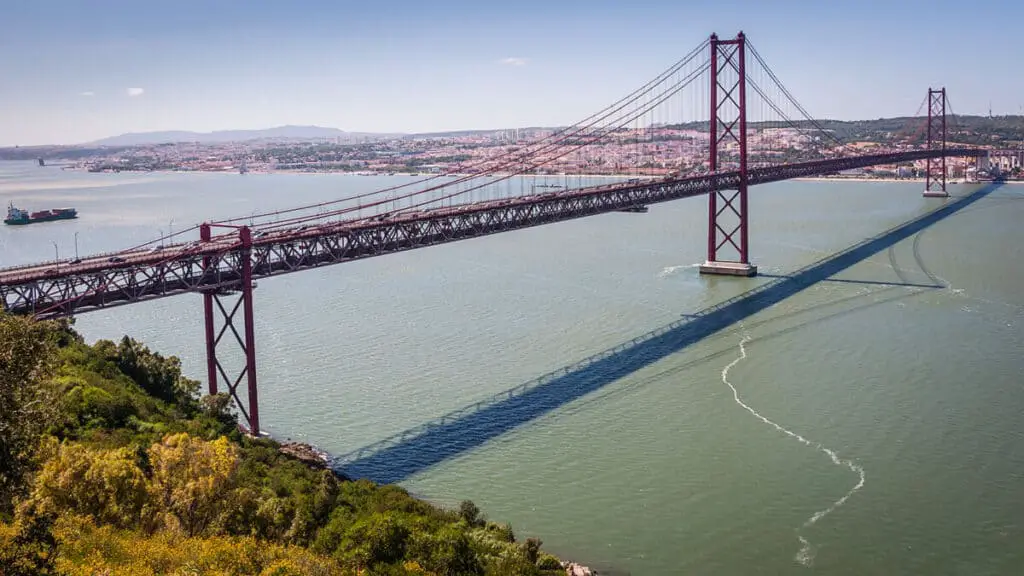
30. Not the First Revolution in the 20th Century
The 5 October 1910 revolution, orchestrated by the Portuguese Republican Party, toppled the monarchy and ushered in the First Portuguese Republic. This revolutionary coup d’état saw the installation of a provisional government led by Teofilo Braga until the Constitution’s approval in 1911, officially establishing Portugal’s first taste of republican democracy after centuries of monarchical rule.
31. 25 November 1975 Crushed Communist Coup
Just over a year after the Carnation Revolution, far-left activists attempted a military coup d’état on November 25th, 1975 to derail Portugal’s transition to democracy. Radical paratroopers tried seizing military bases nationwide, hoping to install a Soviet-aligned communist state. However, this brazen putsch was swiftly crushed by pro-government commandos, protecting Portugal’s path to Western-style democracy. The failed “25 de Novembro” coup highlights the intense power struggles of the post-revolutionary period, as moderates prevailed against extremist threats from both ends of the political spectrum. It serves as a reminder of democracy’s fragility in times of turmoil.
